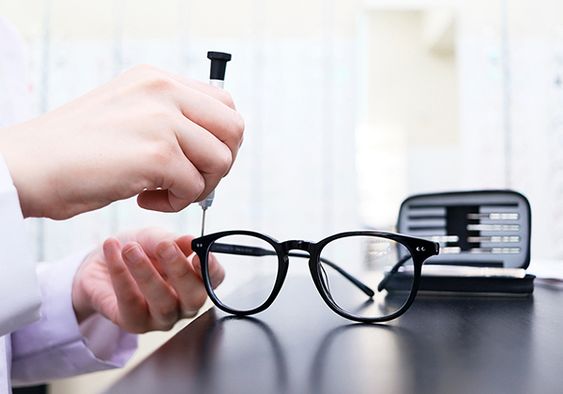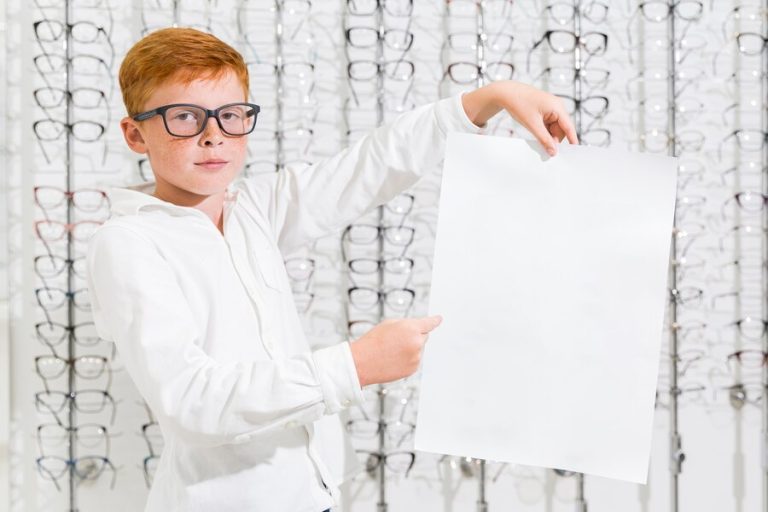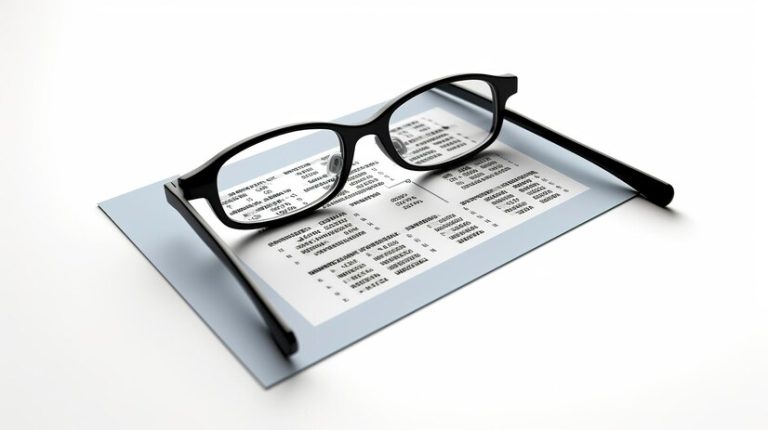Your Window To The World: How Eyeglass Prescriptions Improve Vision
The human eye is a marvel of intricate design, allowing us to perceive the world in all its colors, shapes, and details. However, for many individuals, the clarity of their vision is not always perfect. This is where eyeglass prescriptions come into play, serving as a personalized roadmap to enhance and correct vision. In this article, we will explore the fascinating world of eyeglass prescriptions, understanding how they work and the crucial role they play in providing a clearer, sharper view of our surroundings.
The Complexity of Vision
Vision is a complex process that involves the eyes and the brain working in tandem to interpret light signals. The eyes have lenses that focus light onto the retina, where it is then converted into electrical signals sent to the brain. Any deviation in the shape or function of the eye’s components can result in refractive errors, leading to blurred or distorted vision.
The Basics of Eyeglass Prescriptions
An eyeglass prescription is a precise set of instructions provided by an optometrist or ophthalmologist to correct specific vision problems. The prescription includes measurements for each eye and details on the type and strength of lenses needed to improve vision. The prescription is typically written in a standardized format, with specific terms and abbreviations that may seem perplexing to the uninitiated.
Understanding the Numbers
Eyeglass prescriptions are expressed using a standardized notation that includes terms such as Sphere (S), Cylinder (C), and Axis. The lens power required to correct nearsightedness (myopia) or farsightedness (hyperopia) is indicated by the Sphere value. A negative value signifies nearsightedness, while a positive value indicates farsightedness.
The Cylinder value is associated with astigmatism, a condition where the cornea or lens has an irregular shape, causing distorted vision. The Axis indicates the orientation of the cylindrical power to correct astigmatism.
Additionally, prescriptions may include an Add value, which is relevant for individuals with presbyopia—a condition that affects near vision as we age. The added value represents the additional power required for reading or other close-up activities.
Nearsightedness (Myopia) and Farsightedness (Hyperopia)
Nearsighted individuals struggle to see distant objects clearly, as light entering the eye focuses in front of the retina. In contrast, farsighted individuals experience difficulty with close-up vision because light focuses behind the retina. Eyeglass prescriptions for myopia have a negative Sphere value, while hyperopia prescriptions have a positive Sphere value.
Addressing Astigmatism
Astigmatism results from irregularities in the shape of the cornea or lens, causing light to focus unevenly on the retina. This leads to distorted or blurry vision at various distances. Eyeglass prescriptions for astigmatism include Cylinder and Axis values, specifying the type and degree of correction needed to bring light into proper focus.
Presbyopia and Multifocal Lenses
As individuals age, the lens of the eye becomes less flexible, affecting the ability to focus on close-up objects. This condition, known as presbyopia, often requires bifocal or multifocal lenses. The Added value in the prescription indicates the additional power needed for reading or other near tasks.
Customizing Lenses for Individual Needs
Eyeglass prescriptions are highly individualized, reflecting the unique visual needs of each person. Factors such as lifestyle, occupation, and visual habits are taken into consideration to tailor the prescription for optimal comfort and effectiveness. Whether someone spends hours in front of a computer, engages in outdoor activities, or needs glasses for specific tasks, the prescription is crafted to address these specific requirements.
The Role of Optometrists and Ophthalmologists
Obtaining an accurate eyeglass prescription requires a comprehensive eye examination by a qualified optometrist or ophthalmologist. These professionals assess visual acuity, screen for eye diseases, and determine the specific refractive errors affecting an individual’s vision. Regular eye exams are essential not only for obtaining accurate prescriptions but also for monitoring overall eye health.
Lens Materials and Coatings
Beyond the prescription itself, advancements in lens materials and coatings play a crucial role in enhancing the functionality and durability of eyeglasses. High-index lenses are thinner and lighter, providing improved aesthetics and comfort. Anti-reflective coatings reduce glare and enhance visual clarity, while photochromic lenses adapt to changing light conditions.
The Impact on Daily Life
For those who require corrective lenses, the impact of an accurate eyeglass prescription extends far beyond improved vision. It influences daily activities, from reading and driving to working and enjoying recreational pursuits. The right prescription not only enhances visual acuity but also contributes to overall well-being by reducing eye strain and fatigue.
Conclusion
Eyeglass prescriptions are not merely a set of numbers on a piece of paper; they represent a personalized solution to the complexities of human vision. In a world filled with vibrant colors, intricate details, and diverse visual experiences, eyeglass prescriptions serve as the key to unlocking the full potential of our eyes. As technology and research continue to advance, the future of eyeglass prescriptions holds the promise of even more precision and customization, ensuring that individuals can view their world with unparalleled clarity and comfort. Regular eye examinations, adherence to prescribed recommendations, and embracing the benefits of evolving optical technologies all contribute to maintaining the health and clarity of our window to the world—our eyes.








